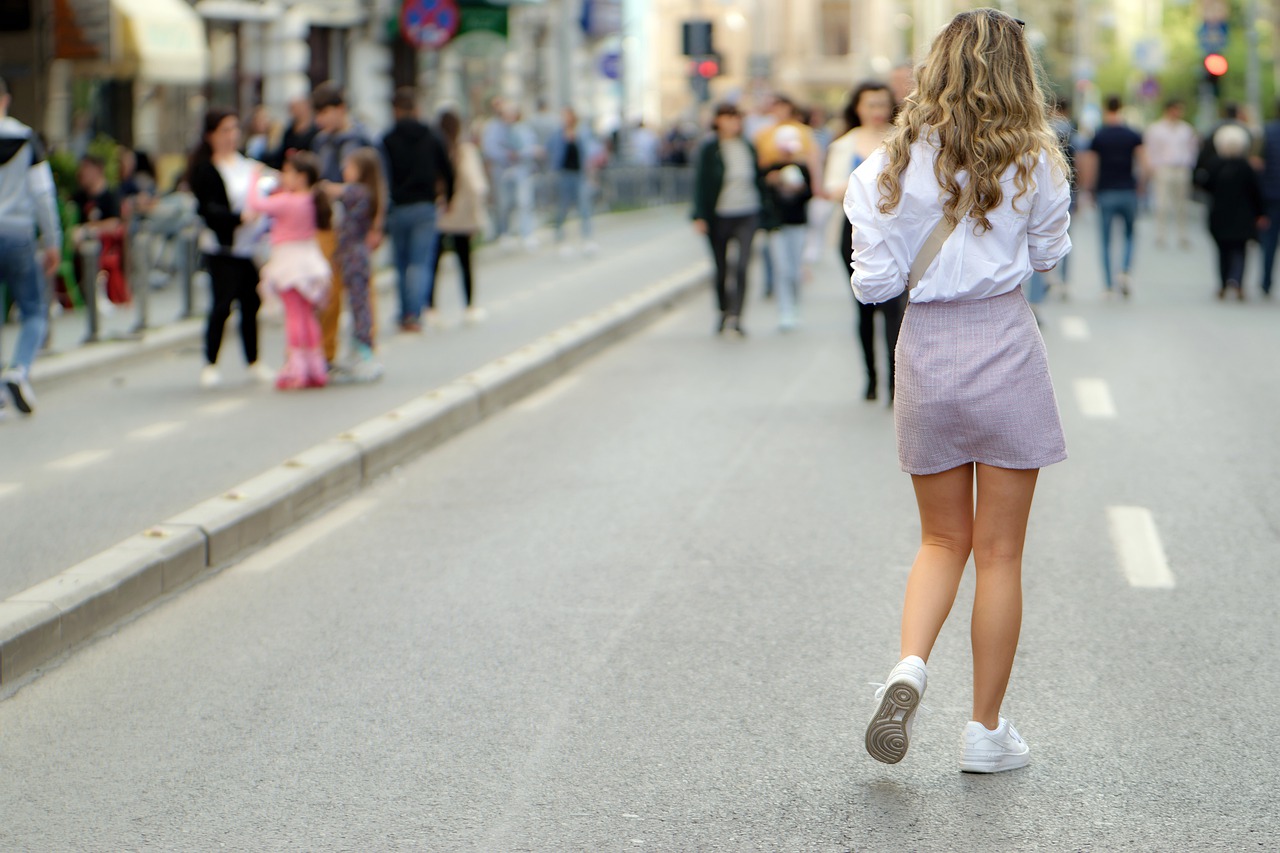The Art of Urban Cycling: Navigating City Streets on Two Wheels
Street signs and signals play a crucial role in ensuring the safety and orderliness of urban traffic. These signs provide important information such as speed limits, directions, and warnings that help both motorists and cyclists navigate the streets efficiently. When encountering a stop sign, it is essential to come to a complete stop and yield the right of way to other vehicles or pedestrians.
Moreover, traffic lights regulate the flow of vehicles at intersections, with red indicating to stop, green signaling to proceed, and yellow cautioning to slow down. It is vital to obey these signals to prevent accidents and maintain the smooth operation of traffic in urban areas. Understanding and following street signs and signals not only promotes safety but also contributes to creating a harmonious and organized commuting environment for everyone on the road.
Choosing the Right Bike for Urban Commuting
When selecting a bike for urban commuting, consider factors such as the type of terrain you’ll encounter on your route, the distance of your commute, and your comfort level with different bike styles. If you’ll be riding mainly on flat surfaces, a single-speed or city bike may be sufficient. However, if your route includes hills, you may want to opt for a bike with gears to make your ride more manageable.
Additionally, think about the size and weight of the bike. A lightweight bike can be easier to maneuver through traffic and carry up stairs or onto public transportation if needed. Make sure the bike frame fits your body comfortably to prevent strain or discomfort during your commute. Take the time to test ride different bikes to see which one feels the most natural and provides the best ride for your daily travels.
• Consider the type of terrain on your route
• Think about the distance of your commute
• Evaluate your comfort level with different bike styles
• Single-speed or city bikes are suitable for mainly flat surfaces
• Bikes with gears may be better for routes with hills
• Look at the size and weight of the bike
• Choose a lightweight bike for easier maneuverability
• Ensure the bike frame fits your body comfortably
• Test ride different bikes to find the best fit
Mastering Hand Signals for Safe Riding
When cycling in urban areas, properly signaling your intentions is crucial for your safety and the safety of those around you. Hand signals allow you to communicate with drivers, pedestrians, and other cyclists on the road. Always remember to make your signals clear and decisive, giving others enough time to react to your movements.
To master hand signals for safe riding, practice is key. Familiarize yourself with the basic signals such as pointing left or right for turns, extending your arm downward to indicate stopping, and using your hand to signal hazards on the road. Being consistent with your signals will help create predictability for those sharing the road with you, reducing the risk of accidents and improving overall traffic flow.
Why is it important to understand street signs and signals while riding a bike?
Understanding street signs and signals is crucial for safe riding as it helps you navigate through traffic, anticipate potential hazards, and communicate with other road users.
How can I choose the right bike for urban commuting?
When choosing a bike for urban commuting, consider factors such as comfort, durability, ease of handling in traffic, and storage options for any additional gear you may need to carry.
What are some common hand signals that I should know for safe riding?
Common hand signals include signaling a left turn by extending your left arm straight out, signaling a right turn by extending your right arm straight out, and signaling a stop or decrease in speed by extending your left arm downward.
How can mastering hand signals help improve safety while riding?
Mastering hand signals allows you to communicate your intentions to other road users, increasing your visibility and reducing the risk of accidents. It also helps create a more predictable environment for everyone sharing the road.







